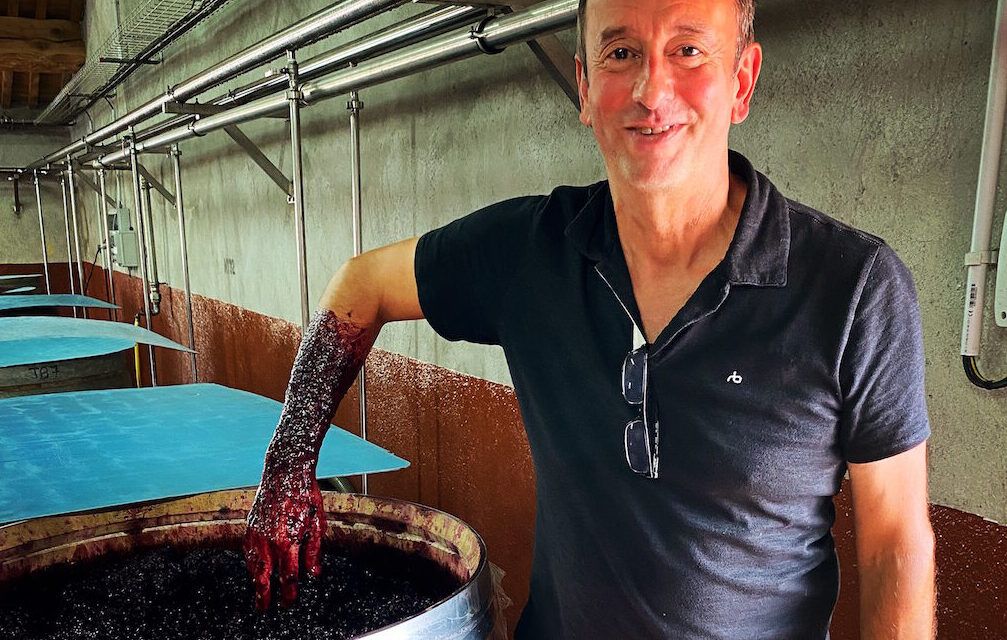Part of the criteria for Top 10 wines from 2020 is to pick new wine releases that you can actually buy, hence the absence in this list of personally owned, aged stock and rare, iconic bottles that often merely amounts to ‘willy waggling’ on social media.
The end of a year always features two tasks that I find almost impossible to complete and this year is no exception. Apart from trying to buy Emma’s Christmas present, it is producing my list of Top 10 wines of 2020, which is like trying to squeeze your best mates into the back of a Mini…. for sure, you know someone is going to be unfairly ‘left behind’.
This year, of course, we had the added complication of ‘the thing-that-shouldn’t-be-named’. So, gone were so many of the good things in life, like visiting winemakers and wine regions and being able to get under the skin of a wine, portfolio or vintage first-hand. On the plus side, however, thanks to the ingenuity of the drinks trade, us wine writers soon had webinars and Zoom tastings to compensate, and difficult conundrums like “Are they expecting me to open up all 12 of these top-end fizzes at 10am?”

The Buyer team Xmas get-together – not a photocopier in sight
Virtual tasting was a necessary stop-gap (and has many advantages) but one which will no doubt be replaced again in time by tastings in reality and at wineries. It is interesting to note that in most of the ‘Best wines of 2020’ lists by the Buyer’s tasting team, almost all were wines tasted between January and March, or in a wine region they did somehow manage to visit. There were virtually no ‘Best Of’ wines that came from mini-samples. That’s not to decry mini-samples, they have been a brilliant resource and out of hundreds of them I have tasted, only one has been less than perfect. It’s more to emphasise the more complete relationship one has with a wine when you are sat with the winemaker or with the finished bottle.
For wine marketeers to get wide and economical coverage across press and trade, however, the Zoom model is a good one and, with resources limited across much of hospitality going into 2021, it will be with us for some time to come I’ll venture. From a personal point of view I found it immensely economical time-wise, facilitated many superb online discussions and also allowed me to spend much longer time with a wine, rather than with the sometimes overwhelming scope of some of the larger trade tastings.
‘Virtual tasting with nothing to taste’, on the other hand, will continue to be a model that does not work – I liked Henry Jeffrey’s observation about 2020 that “Everyone started making videos on Instagram which I am sure were fun but scrolling through, seeing everyone talking into the camera, it seemed as if they were trapped and crying for help. Like in Poltergeist.”
Some trends in 2020:
- Valdobiadene Prosecco is really ‘Superiore’ and deserves its massive popularity in the UK – its largest export market.
- The Premium Rosé envelope is finally being pushed successfully – Ott’s Etoile, Bertrand’s Clos du Temple and Chivite’s experimental Rosé were all on song.
- English wine is getting riper and more interesting – for example, Oastbrook’s Pinot Gris, Lyme Bay’s Chardonnay, Westwell’s terrific orange wine and Henners and Breaky Botom on the fizz side.
- New York State is making some excellent somm-friendly wines, Finger Lakes Riesling and Cab Franc especially.
- Piemonte 2016 and Rioja GR 2010 – Wow.
- And ‘Surefire hitters’ produced a string of magnificent wines – Don Melchor 2018, Meschach 2012 (on re-release), The Armagh 2016, Nicolas Catena Zapata 2017, Petaluma’s 2018 Shiraz to name but a few
- The Austrian wine tasting in February also convinced us yet again just how exciting winemaking has become here.

The Wines of Austria tasting in February – one of the last hurrahs
In fact, there were a great number of wine regions that stood out this year, and a vast number of incredibly well-made wines. Part of a continuing trend was how many of the heavy-hitters and high-alcohol bombs have disappeared with winemakers making wines of greater elegance and finesse. True, climate change is dictating some of this, consumer tastes also, but the producers that aren’t moving with the times are beginning to stand out with increasing awkwardness.
So what about my Top 10 wines of 2020…
So my first wine is one that made me totally re-evaluate a grape that you would normally associate with ‘big bruisers’.
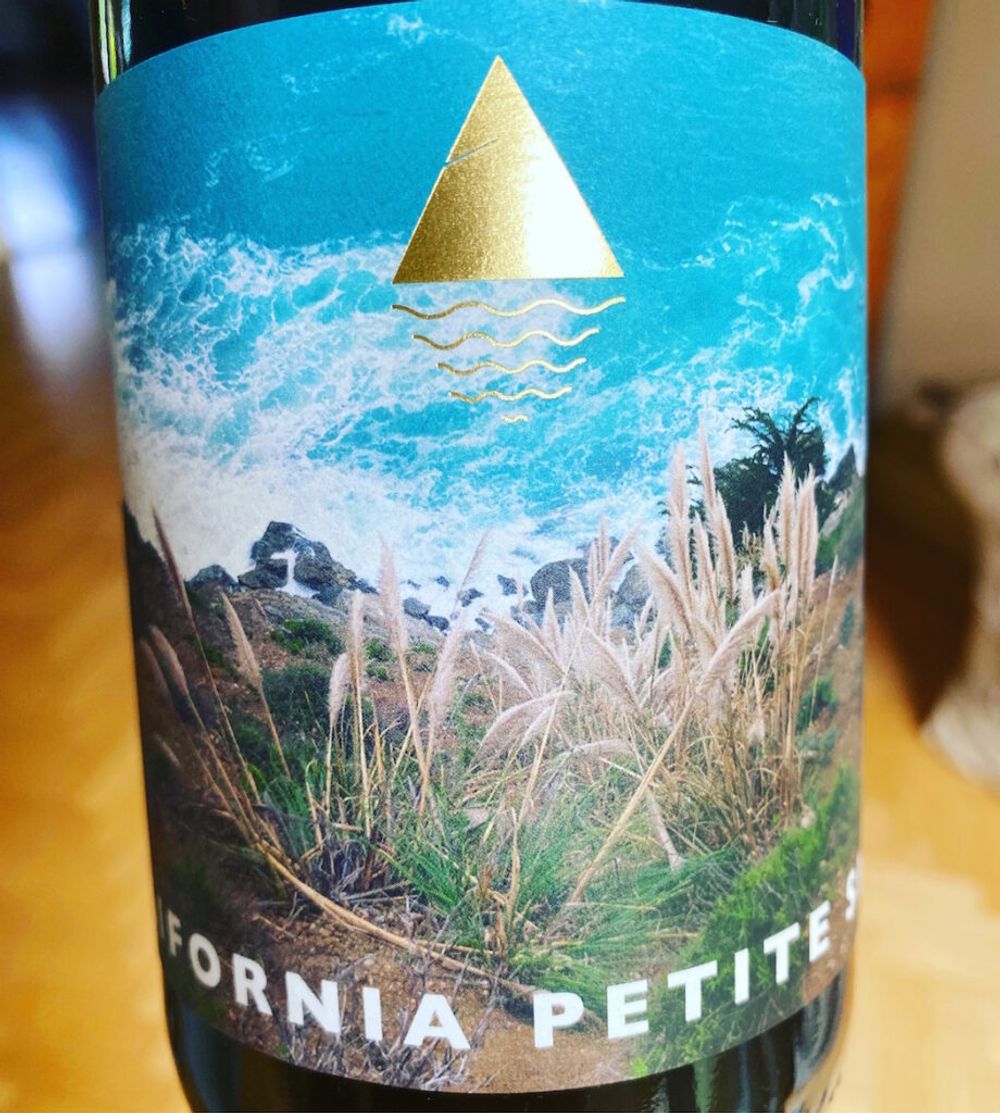
‘Best wines of the year’ and ‘Petite Sirah’ don’t normally appear in the same sentence, but what ex-Kentucky sommelier Scott Kirkpatrick is doing in only his third vintage in California is exceptional – with California Petite Sirah 2018, Mountain Tides Wine Co he’s arguably re-inventing the grape. Petite Sirah is a variety that Rambo would have turned to if he’d taken up winemaking. Concentrated, gung-ho – winemakers have traditionally used it to extract as much colour, tannin and alcohol you can get from a grape, whilst wearing a bandana. However, by picking it early with 30-50% whole bunch (some carbonic in there too), Kirkpatrick brings out the delightful floral aromatics of the grape – think deep red roses, matched with blueberry, ground almond, lifted spice, cold wet clay – it has charm, elegance and an enormous length but with just 13.4% abv you know things are afoot. Tasted with Hawksmoor sommeliers on Zoom (imported by Jeroboams).

Rioja started a single vineyard system in 2017 and Lalomba Finca Valhonta 2017 is one of two new super-premium reds from Ramon Bilbao and their most expensive wine to date. It is 100% bush vine Tempranillo planted at the limit of the growing zone in Rioja Alta. Like other truly outstanding wines it’s not over-worked or polished – fermented in concrete, 14 months in large format French oak before another eight months in concrete to work the elegance, character, texture and purity of the tannins. There’s a naked, unadorned quality to the finished wine – fresh, complex, expressive – that makes you feel you have been up-close-and-personal with Tempranillo for the first time. (Imported by Enotria&Coe).
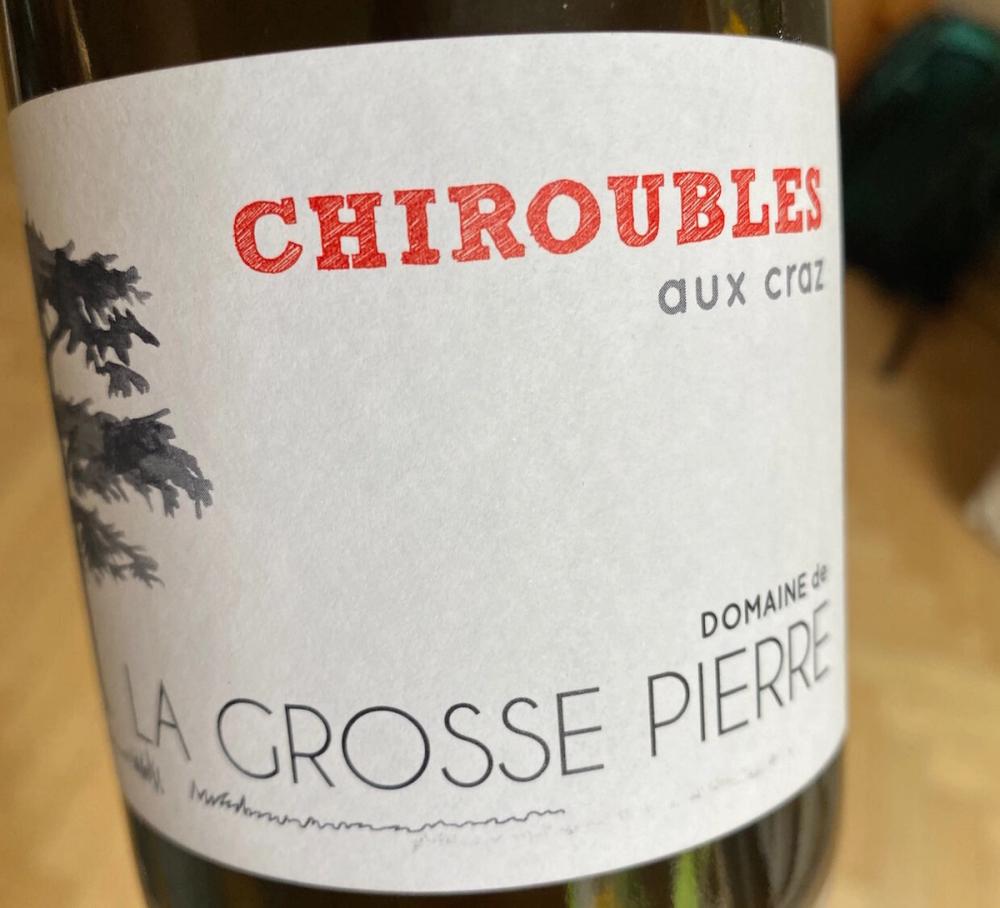
There are many wines from Beaujolais that could make a Top 1o wine list, the region is crackling with energy and new talent, but Chiroubles Aux Craz, Domaine de La Grosse Pierre, 2018, stood out from the crowd. When I visited winemaker Pauline Passot at the end of 2019, this wine was in tank, her first wine made in the two years since she took over the family business – the previous two vintages having been wiped out by hail. It’s got a ‘first album’ quality to the wine – all those ideas and experience condensed into one glorious 75cl bottle (or 150cl if you are really smart). This is 100% Gamay Noir from 40 year old vines grown on steep decomposed granitic slopes, her low intervention winemaking making it as elegant and as expressive as you can possibly make a Chiroubles. Iris, violets, rhubarb compote, blueberry finish, with a chalky, dry stone quality – superb balance and acidity. Blimey this is good. (Imported by Howard Ripley)

One of the few wineries I visited in the flesh last year was Le Soula in the Roussillon where South African winemaker Wendy Paillé is doing some wonderful and esoteric things with vines that have to struggle against everything nature throws at them. Their white wine is one of the best in the region but the wine that knocked me sideways was Maceration de Soula no.19 which is an orange wine – but a fine wine first and orange wine second, if you catch my drift. It’s a blend of 76% Vermentino and 24% Macabeu but, get this, from five different vintages – 2014, 15, 17, 18, and 19. The vines are 52 years old, biodynamically farmed high up on granitic soil and the barrels are topped up with fresh white wine as they age.
Light burnished copper in the glass, intoxicating and complex, the palate is smooth, dry and full of fruit flavours that, unlike a lot of orange wines are ripe, fresh and lively with real elegance and precision too. The finish is dry and textural but doesn’t stop dead in its tracks with that blotting-paper feel I associate with orange wine. This is an outstanding wine that is doing something genuinely different. (Imported by Thorman Hunt).

Head over to the other side of the Pyrennes and you find the regions within Catalonia where Familia Torres works its magic – in the case of Grans Muralles, DO Conca de Barberà, 2016 with Garnacha, Cariñena, Monastrell, Querol and Garró, the last two being ancestral varieties brought back from the dead and into production a century after phylloxera. 2016 was a good vintage for slow extraction and the finished wine has an hedonistic expression that’s hard to define. Its journey begins with an intoxicating mix of garrigue herbs, black forest fruit, fresh flowers, spice tin; the mouthfeel then catches you out, there’s way more complexity than you may have thought – the fruit is juicy, mouth-filling, sure, but there’s crushed rocks in there, grainy texture, tension and racy acidity bringing vitality, finesse and elegance. (Tasted from mini sample). (Imported by Fells).
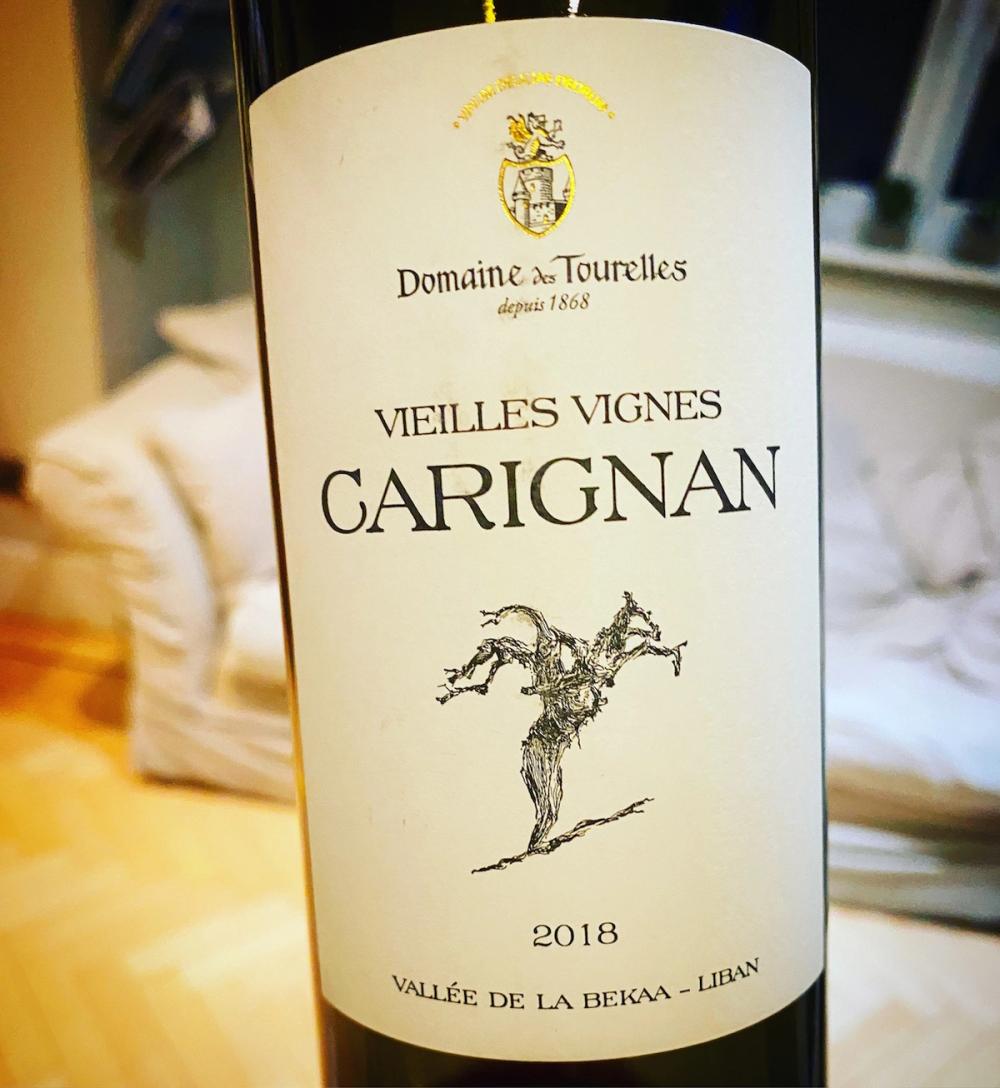
If you thought you had a really shit year in 2020, try talking to someone from Beirut. A perfect storm of corrupt politicians, runaway inflation, Covid and a H-bomb-sized explosion in the port means that if you buy one case of wine in 2021 make sure it’s Lebanese. They really, really need the business. Domaine Wardy’s wines shone at the Bibendum tasting but it was Domaine des Tourelles Old Vine Carignan 2018 that was truly outstanding this year. Like his Old Vine Cinsault, the fruit for this new wine was vinified separately having previously been used in their red blend. It’s an exercise in restrained power, an expressive wine that’s got a heady nose of liquorice, fig and raspberry, layers of ripe fruit on the palate but laced with freshness, the acidity giving it a crispy edge and that dry stone texture you always get with vinification in unsealed concrete tanks. (Imported by Boutinot).
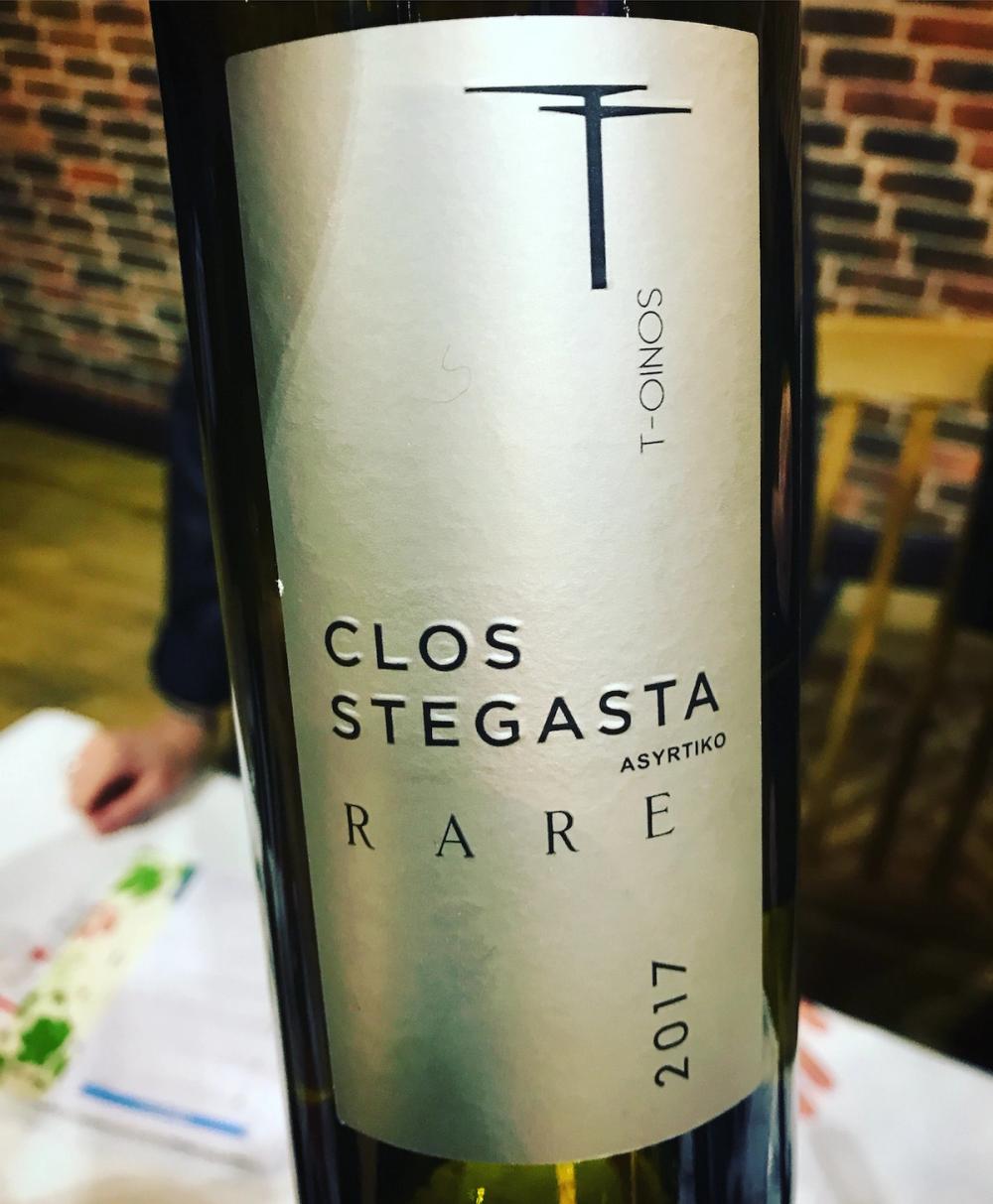
Some wines just make you go ‘Wow!’ and Clos Stegasta, Assyrtiko ‘Rare’, T Oinos, 2019 was a case in point. It’ll set you back 80 notes but this is a Grand Cru wine make no mistake. It’s a parcel selection from the sandy/ granitic soils of the Stegasta vineyard that produces the other T-Oinos Assyrtiko, but it is a marked step up. Hugely complex, reasonably weighty on the palate, but balanced by a smash of pure and precise Sicilian lemon, intense salinity, crushed-rock minerality and a length that goes on for ever. Vinified 50/50 in large barrels and amphorae, 6-7 months on the lees and a year in bottle. (Imported by Berkmann).
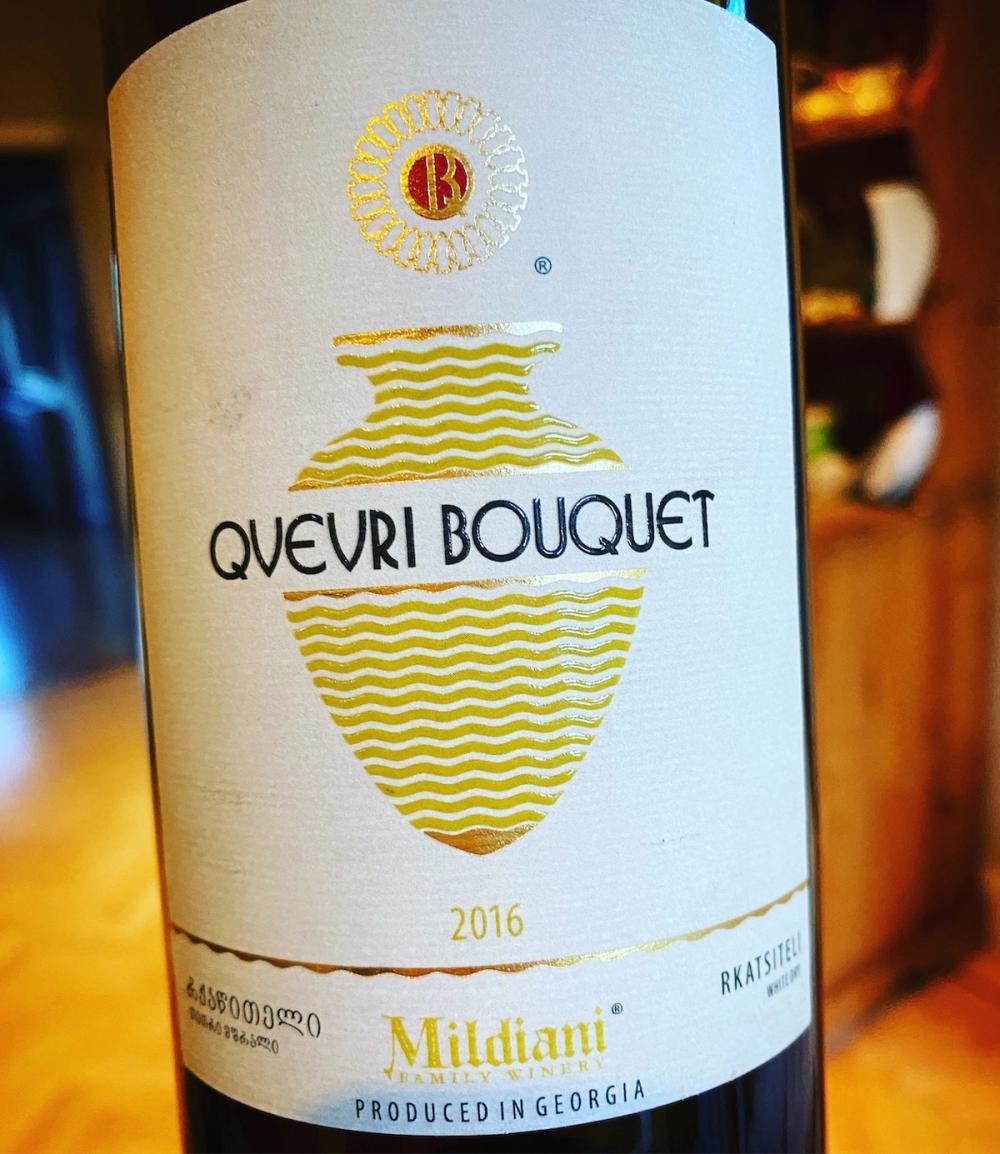
I tried the Georgian Qvevri Bouquet, Rkatsiteli, Mildiani, 2016 on a Zoom webinar tasting and promptly bought a 6-pack. Everyone I’ve shown it to has been blown away – it’s bonkers good. It’s a wine that eschews food pairing because it is so complex and complete it’s almost like a meal in itself. It’s one of five varieties (Rkatsiteli) Mildiani vinifies in a Qvevri, from the Kakheti region in the eastern part of Georgia. Deep gold, almost caramel, the nose is a fascinating mix of old orchard fruit, orange rind, spice tin (mace) and polish. The palate is mid-weight, ripe, rounded, with an oleaginous mouthfeel. The flavours are gorgeous – wild flower honey – then wet stone texture on the tongue, the wine has a massive length and bags of acidity like an aged Riesling, or cool climate Chenin. Incredible wine that takes you all over the place. In a good way. (Imported by Ginvino)

I also discovered Las 30 del Cuadrado, Old Vine Palomino, Bodegas Hidalgo La Gitana 2016 this year, a table wine from a sherry producer.It is made from 70 year old Palomino vines in the historic El Cuadrado estate. The must is fermented in old Manzanilla casks for 6 months. Mid-deep gold; aromas of ripe stone-fruit, tropical fruit, old barrel; the palate is so unique, medium bodied, full of flavour, ripe quince, Seville orange marmalade, ending on a salty twist. Peter Sisseck, the man behind Pingus, told me he is going to “make Spain’s greatest white wine” from the same terroir, but he’s going to have to go some to beat this. An unique wine – from source, to vinification to taste. (Imported by Mentzendorff).
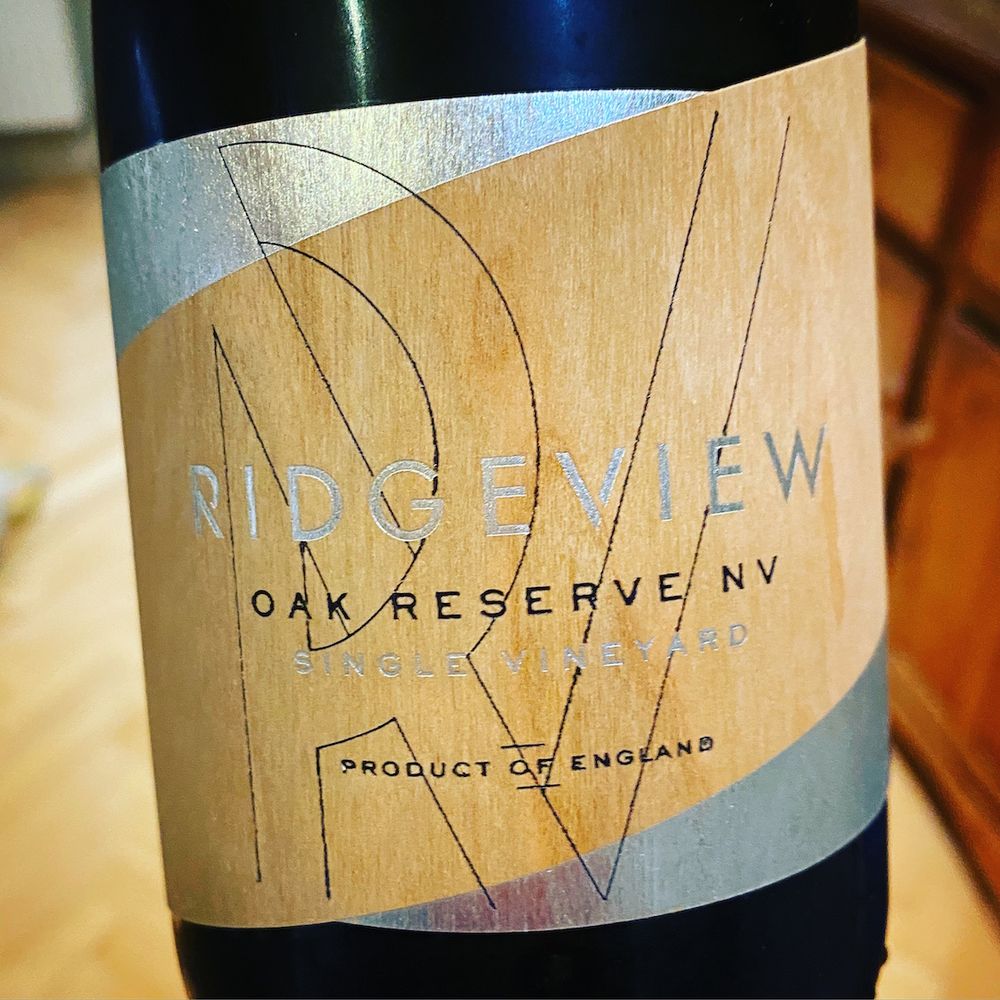
Made to celebrate 25 years of pioneering English wine producer Ridgeview its Ridgeview Oak Reserve NV was a wine we came back to three evenings in a row and I still believe is one of the most outstanding English sparkling wines I’ve tried. From the tactile packaging through to the final sip, this 100% single estate oak-aged Chardonnay is an homage to oak and what it can bring to a wine in terms of textural weight, richness and complexity – when lovingly handled, of course.
Buttery, fresh-baked lemon shortbread, yellow grapefruit, rye crumb, oyster shell, and just a hint of red berries. Lovely balance from the first sip – ripe and round but with a really crisp, central vein of lemony brightness, precise acidity and a depth to the mid-palate, that displays a ripe fruity core of orchard fruit (Cox’s apple, pear) mixed with a salinity and nuttiness – think fresh cob nut, sea salt caramel finished off with a twist of tangerine zest that gives a little tingle and lifted fruitiness to the dry finish. A stunning way to see 2020 out and start afresh in 2021.
